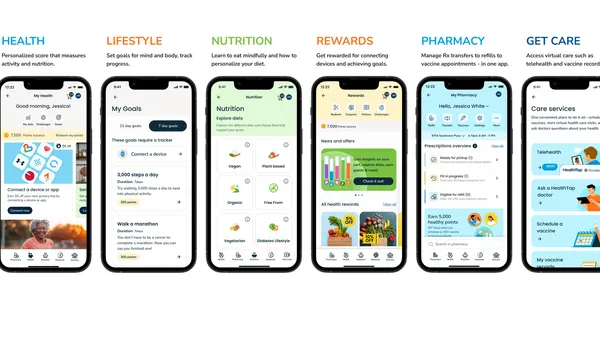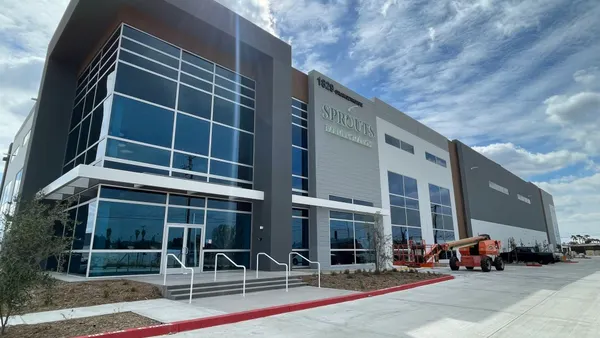Dive Brief:
- After spiking during the pandemic, profit margins and same-store sales growth have fallen back to pre-pandemic levels for the grocery industry, FMI — The Food Industry Association said in a report released last week.
- Only 38% of surveyed food retailers said they expect their same-store sales to grow in 2024 while just 13% predict net profits will increase, according to the trade group’s The Food Retailing Industry Speaks 2024 report.
- Food retailers are focusing on improving cost controls and cutting unnecessary expenses that do not drive value, FMI found.
Dive Insight:
Out-of-stocks, employee retention, supply chain woes and transportation issues have recently improved for the grocery industry, but supermarkets continue to face a myriad of other challenges, the report noted.
Last year saw supercenters gain a competitive advantage over conventional grocers, which are also facing stiffer rivals from club stores, restaurants and e-tailers, FMI reported. Societal challenges like lack of civility, drugs, theft and violence are also top concerns for the industry.
In 2023, profit margins in the grocery industry hit 1.6% — the lowest level since it was 1% in 2019 — as total expenses increased, FMI found. The industry’s slowed same-store sales growth of 2.1% last year was driven by inflation.
Grocery industry's same-store sales growth and profit margins have fallen back to pre-pandemic levels
Consumer perceptions of value have evolved from a simple price-quantity ratio to a more complex matrix of personal values, needs and priorities that take into consideration quality, relevance, experience and convenience, FMI found.
“Retailers and suppliers said they need to enhance price and value strategies in the face of pressures on unit sales, even as inflation edges downward,” FMI said in the report. “They anticipate more investments in promotional spending and ongoing focus on private brands as strong value alternatives.”
To enhance in-store shopping and differentiation, most surveyed grocers said they are looking to expand space for fresh departments including foodservice, make more space for private brands and increase the number of SKUs for local products.
Labor remains a tough area for the industry as grocers improve their recruitment and retention strategies yet face rising costs. Average employee turnover dropped last year after hitting a high in 2022. FMI noted that a growing share of food retailers are looking to find ways from higher salaries to flex time to boost the retention of full- and part-time workers.
However, retailers said they expect healthcare costs, which increased for workers in 2023, to rise even more in 2024, with an average predicted increase of 4.2%, the report noted. FMI said food retailers are likely to see the cost of healthcare benefits increase more than 12% over two years.
Most companies said they expect their training costs, which typically average more than $600 per employee for food retailers, to increase further this year.
In a promising sign for grocers, food-at-home price increases and wage growth have finally converged, indicating that groceries are becoming easier for shoppers to afford, the report found.
The Speaks report, which was prepared by FMI and David Orgel Consulting LLC to give a bird’s eye view of the industry, used data from a survey earlier this year completed by 93 food retail and wholesale companies as well as survey data from a sample of 30 food product suppliers.












